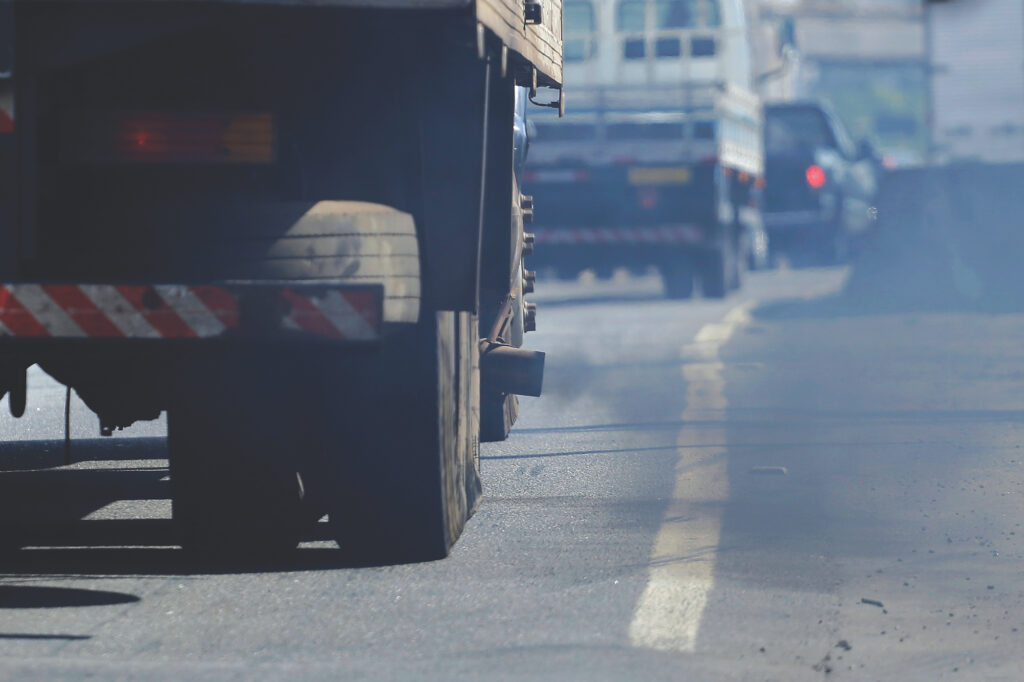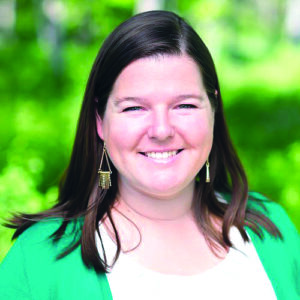
As co-founder and CTO of ClearFlame Engine Technologies, Julie Blumreiter ’08 is taking the dirty out of the diesel engine and setting a new standard for sustainability in the transportation sector.
Ideal for heavy-duty industries like hauling, construction, and agriculture, diesel-fueled vehicles are critical to the global economy; more than 99% of all semitrucks are powered by diesel engines. The trade-off is that diesel fuel is a major source of harmful pollutants like nitrogen oxides, particulate matter, and carbon dioxide.
Blumreiter’s team has reengineered the standard diesel engine to run on decarbonized and clean-burning alternative fuels like ethanol. Blumreiter says that a key feature of the technology is that it’s suited to retrofitting; with just a little modification, manufacturers can easily integrate the ClearFlame solution into their existing production process.
The result is the same high-performance diesel engine, but with near-zero emissions. “We’re taking an unconventional approach to cleaning up transportation,” says Blumreiter. “Our low-cost technology can help policymakers and regulators meet even the most aggressive emissions reduction goals this next decade and beyond.”

Blumreiter, a mechanical engineer, leads ClearFlame’s prototyping and testing efforts. She began developing the low-carbon engine technology as a PhD student in Stanford University’s Advanced Energy Systems Lab. In 2016, she and her labmate B.J. Johnson founded ClearFlame.
Since then, the startup has secured more than $3 million in grant funding and $5 million in venture funding to push the technology toward commercialization. The company was part of the first cohort of the elite Chain Reaction Innovations program at Argonne National Laboratory. And this year, it began integrating the technology into its first semitruck prototype, which will soon begin on-road testing.
A self-proclaimed “tender-hearted engineer,” Blumreiter says she’s found a way to merge her research prowess with her desire to make life — and the planet — better.
“I’d go back and forth between deeply technical engineering research and volunteer work where I could help someone in need. I’ve brought my interests together as an engineer focused on energy solutions who can work in diverse geographies and economies,” she says. “My motivation is to expand energy access across the globe while simultaneously lowering emissions that threaten our environment.”




